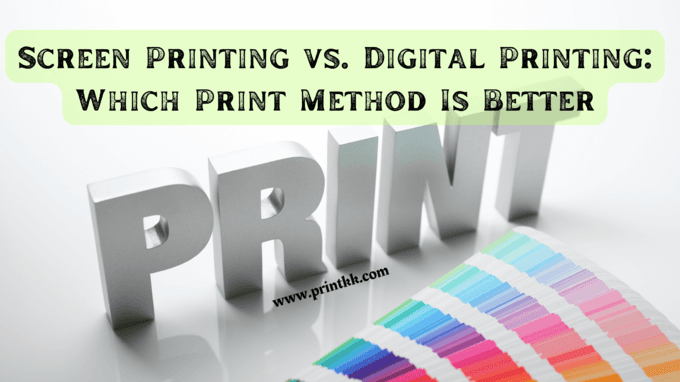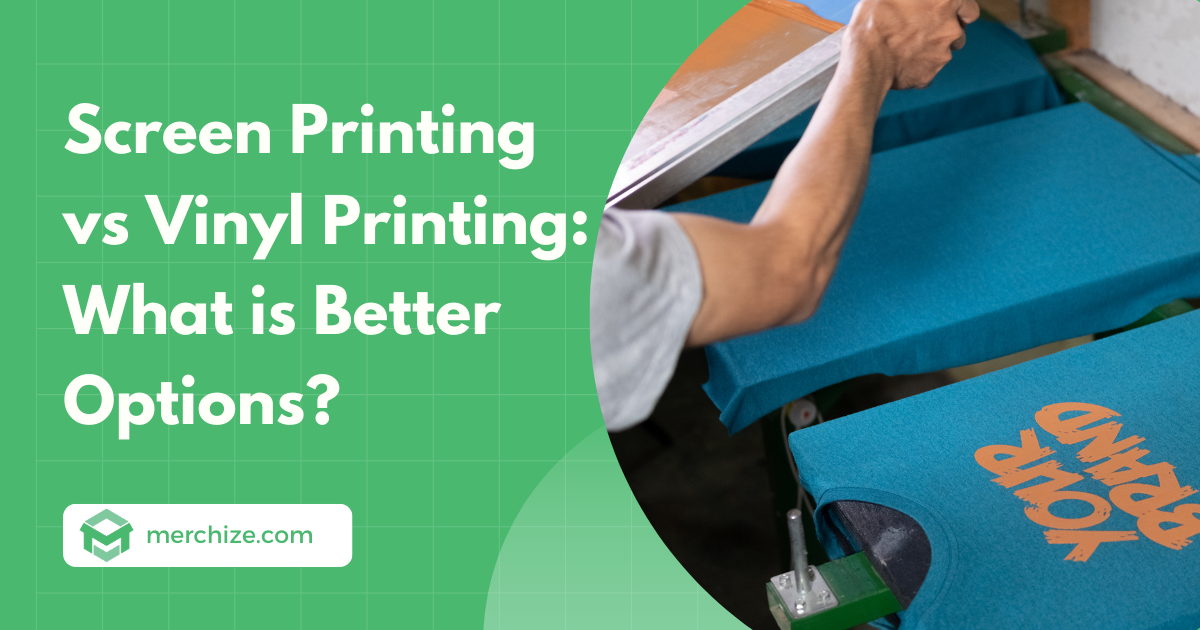4 Simple Techniques For Tx Tees
4 Simple Techniques For Tx Tees
Blog Article
Some Known Factual Statements About Tx Tees
Table of ContentsMore About Tx TeesTx Tees Things To Know Before You BuyThe Facts About Tx Tees UncoveredSome Known Facts About Tx Tees.Little Known Questions About Tx Tees.3 Simple Techniques For Tx TeesTx Tees - Questions
Include up other prices, like the number of utilities it takes to run the store and the expense of ink and emulsion per style. Take the print below.The solution ought to only be a few cents given that you 'd only need to coat one screen for this task. Exactly how much should you bill per shirt to make a profit? Generally, printers try to make up to 45% earnings on a print work. Below's a table to assist you determine that: overall expense per product percent of desired profit as a decimal (example:.25 or.45) revenue made per thing per task Now allowed's discuss the earnings of DTF.

With DTF, you can print a handful of shirts, or simply one. Both display printing and DTF have their specific niches in the world.
A Biased View of Tx Tees
The finest means to know? Ask about and see what print shops like yours are doing. embroidery shop. Try both out and see which you like far better
When you're selecting what kind of printing approach to utilize for publishing your art work designs on your garments, it is essential that you know the distinctions in between these two strategies so you can optimize results while reducing costs. Display printing is one of the most commonly utilized method for printing designs on fabrics.
DTG printing is also called spot or straight to garment printing because it publishes just what is needed rather of making a screen as screen printers do. https://hub.docker.com/u/txtees02. Screen printing works by screen filler squeegee display printing ink screen mesh screen, then transferring the picture to garment utilizing heat and/or stress
The DTG printer utilizes special dye-sublimation inks that are used right into a pre-designed image by a digital printing system. The inks become component of the material, permitting dynamic colors and extraordinary detail. It's likewise referred to as spot or straight to garment printing because it publishes only what is needed as opposed to making a screen as display printers do.
The Definitive Guide for Tx Tees
It's much quicker - you can publish a fullcolor photo in mins, as opposed to hours for screen printing. Second, there's no established time or prices entailed - you can print any kind of layout you such as, without having to produce a screen first. Third, there's no waste - due to the fact that screen printers display print one layout each time, they have to evaluate each shade separately.
The paper is very pricey and can only be made use of once. Once it's printed on, it has to be disposed of. - The initial purchase rate is reduced than the ahead of time investment of DTG printers- You can print multi-color designs one display at once rather of needing to publish each color independently like DTG printing.

Tx Tees Fundamentals Explained
Nonetheless, as opposed to using display mesh as screen printers do, dye sublimation printers use laser technology to move your images onto garments or paper. A heat process moves the color from its solid-state directly into the gas stage which subsequently integrates it onto textile substratums when they are swiftly warmed to heats under high stress.
Sublimation printing is environment-friendly. It utilizes much less water than screenprinting, and since it doesn't entail making use of unsafe solvents, it's risk-free for all kinds of clothing. The dye sublimation inks are also odorless when cured, unlike screen printers that utilize dangerous chemicals throughout the display printing process that leave behind an undesirable odor.
They likewise conserve cash on costly equipment like direct exposure systems because color sublimation printers don't call for a UV exposure unit or a flash treatment oven that is normally utilized in screen printing (embroidery shop). What is direct to garment printing (DTG Printing)? DTG printing is an electronic screenprinting procedure that publishes straight onto material making use of specialized inkjet printers
Tx Tees Can Be Fun For Everyone
DTG printing provides numerous advantages over standard screenprinting, including the capability to print photographic top quality images, greater color vibrancy, and the capacity to publish designs on darker textiles. DTG printers function by heating up the fabric ink until it develops into a gas. The gas after that permeates the material, bonding with the fibers to produce a permanent print.

Screen printers just prepare their screen after that start printing up until they lack item or ink.- There is a vast array of seasoned display printers around the world, which can be practical for novices. - It's a slower process - screen printers frequently have to wait for the ink to completely dry prior to they can print the following color- Screen printers call for manual work, so there's a greater discovering contour and it takes longer to generate a top quality design- Display printing isn't as precise as DTG printing, so you may obtain some "bleeding" of shades from one component of the image onto another if not done correctly.
Indicators on Tx Tees You Need To Know
Rather of using display mesh as display printers do, dye sublimation printers make use of laser technology to move your images onto garments or paper. A warmth process transfers the color from its solid-state straight right into the gas stage which subsequently fuses it onto material substratums when they are rapidly heated up to heats under high stress.
Sublimation printing is environment-friendly. It uses less water than screenprinting, and due to the fact that it doesn't entail making use of unsafe solvents, it's risk-free for all sorts of garments. The dye sublimation inks are additionally odorless when treated, unlike display printers that make use of hazardous chemicals throughout the display printing process that leave behind an unpleasant smell.
They additionally conserve money on costly devices like direct exposure devices since dye sublimation printers don't need a UV direct exposure device or a flash cure oven that is normally made use of in screen printing. What is direct to garment printing (DTG Printing)? DTG printing is a digital screenprinting process that prints directly onto material utilizing specialized inkjet printers.
Some Known Incorrect Statements About Tx Tees
DTG printing provides numerous benefits over traditional screenprinting, consisting of the capacity to publish photo high quality images, greater shade vibrancy, and the capacity to publish styles on darker fabrics. DTG printers work by warming the fabric ink up until it develops into a gas. The gas after that permeates the fabric, bonding with the fibers to develop an irreversible print.
Report this page